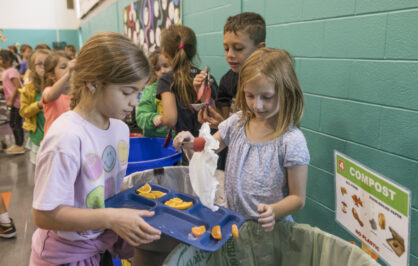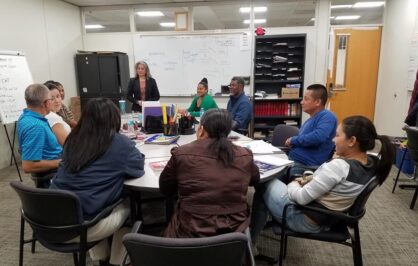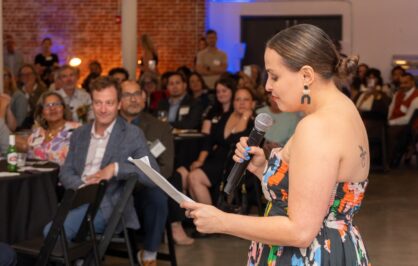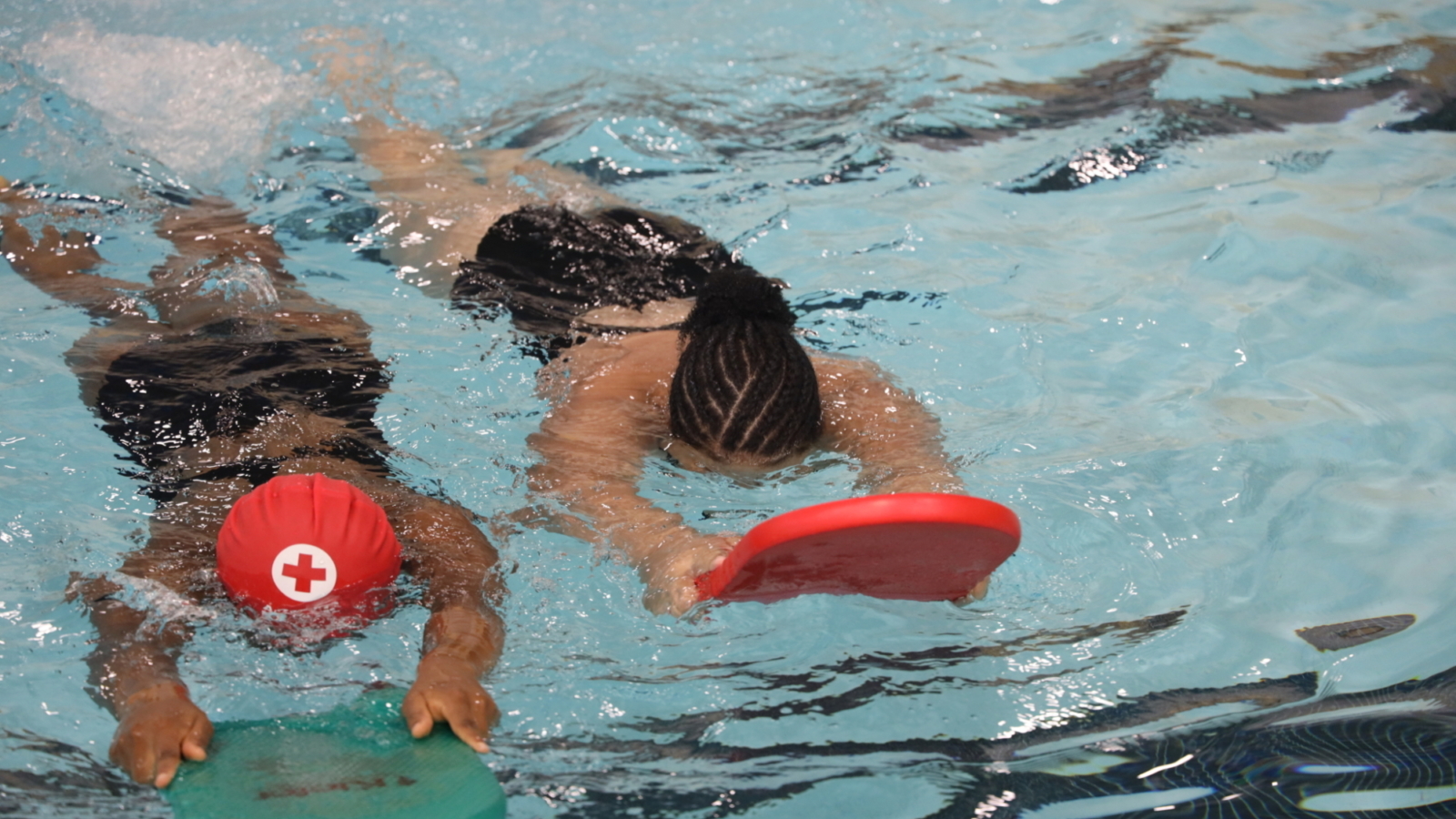
Grants & Scholarships
Breaking the Surface, Breaking Barriers
The kickboard in front of her helped keep her afloat. The quick flutter of her legs propelled her forward. Amelia's* head bobbed up and down, her eyes squeezed shut, sending the teenager veering left as she crossed the South Side Boys & Girls Clubhouse pool, but she made it to the other side. She smiled as she wiped the water from her eyes and grabbed the pool's edge.
"If you are not looking, you will not stay in the right direction," her swim instructor called out to all the lifeguard certification candidates. "Our faces are supposed to be in the water when we are swimming. The only time our faces are out of the water is when our eyes are on the victim."
She later high-fived Amelia and praised the amazing progress made in such a short period of time. The two share a bond beyond that of instructor and student – both lost a family member to drowning. Her swim teacher lost a loved one to the water at Rhode Island's Lincoln Woods State Park, and, in 2020, Amelia experienced her own tragedy at just ten years old, when she and her family witnessed her father drown in a Massachusetts lake.
Before losing her dad, the rising high school junior loved the water - even turning her bathtub into an improvised swimming pool. After the accident, everything changed. She avoided the water, preferring to tan on the sidelines, and when she did venture in, she never went deeper than chest high.
"At first, I thought I wasn't going to make it," Amelia said of the six-week lifeguard certification course offered at the South Side Boys & Girls Clubhouse pool. "I struggle as soon as I can't feel the floor. I start panicking - like my flight or fight takes over - and I gasp for air. And then my instructor taught me kicking and relaxing and breathing."
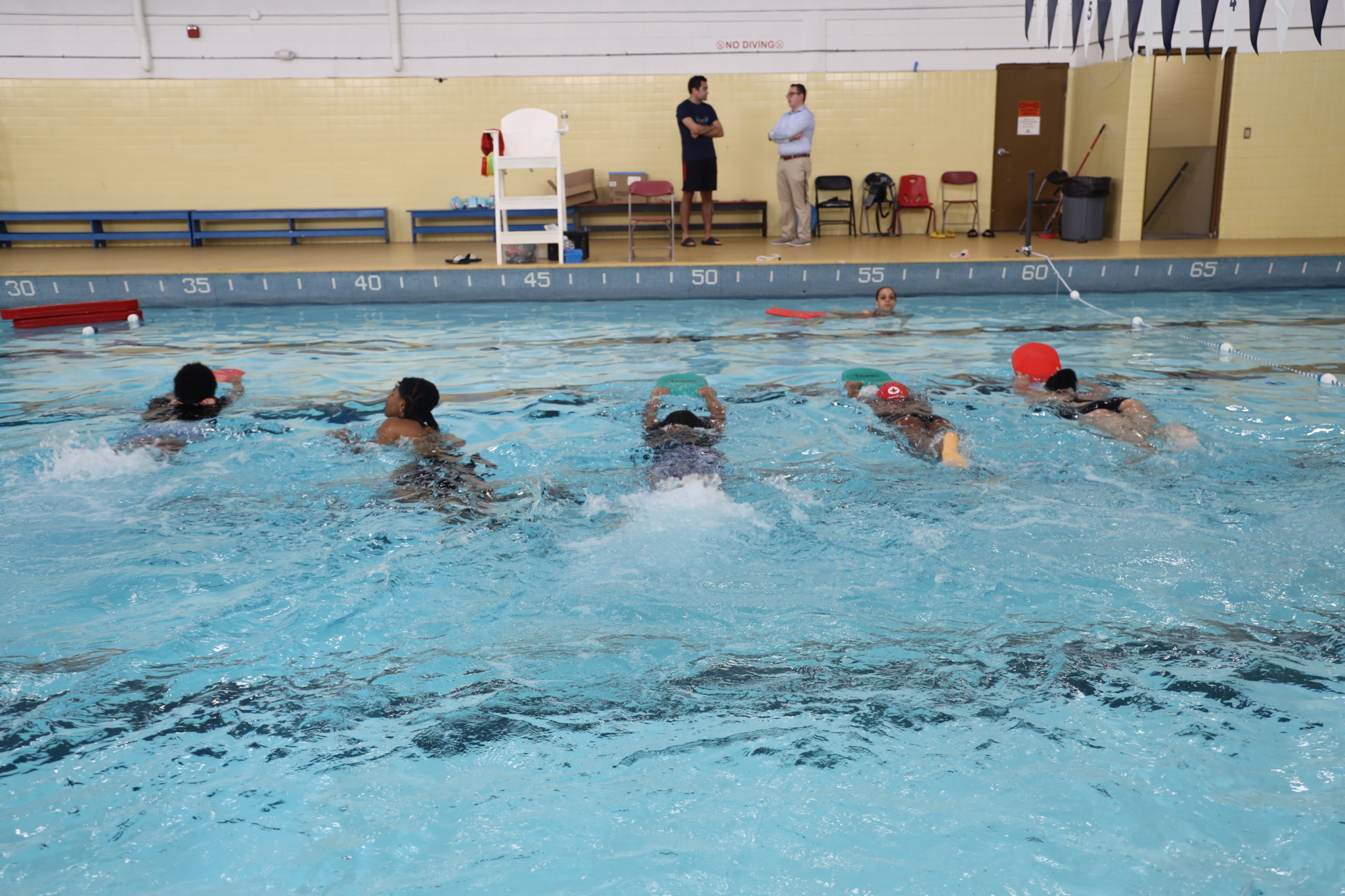
Between 2020 and 2024, 80 people died from accidental drownings in Rhode Island, an average of 16 per year, according to the state Department of Health. The latest numbers from the federal Centers for Disease Control and Prevention show there have been 4,083 unintentional drowning deaths – an average of 11 per day - each year from 2012–2021. People of color, particularly children, are at much higher risks of drowning. Black children ages 5-19, for example, are five and a half times more likely to drown than their white peers for a variety of reasons, including limited access to swim training and safe swimming environments.
"I wanted to learn how to swim because I love kids and want to teach kids how to swim someday...I wanted to know if something happens, I can be able to save someone or myself."
Last year, supported by a Juanita Sánchez Community Fund grant from the Rhode Island Foundation, the Boys & Girls Clubs of Providence (BGCP) offered free Teen Swim Nights. Established in 1992, the Juanita Sánchez grant program funds nonprofit projects that enrich or improve the lives of Latinos in Rhode Island. Over the last decade, the Foundation has also awarded nearly $2 million in donor- and Foundation-directed grants to BGCP for its operations and programming.
BGCP held the 2024 Teen Swim Nights program to "equip teens with vital swimming skills while fostering a safe and inclusive environment for recreational fun." The organization also shared that "With more than 90 percent of its teen participants identifying as nonwhite, the program directly addressed the [drowning] disparity. Additionally, for families in Providence, where many live below the poverty line, access to free swim lessons is transformative."
Twenty teens, including Amelia, participated in the free event, which empowered her to seek lifeguard certification, through BGCP's first-ever Red Cross lifeguard training program. "I wanted to learn how to swim because I love kids and want to teach kids how to swim someday," she shared. "On a deeper level, I wanted to know if something happens, I can be able to save someone or myself."
Her desire to help and protect others also extends beyond the pool. Amelia participated in BGCP's entrepreneurship program, making fashionable scrubs for nurses, and became CPR certified while pursuing her school's nursing program. She hopes to be a pediatric, trauma, or travel nurse, and to have a lifeguard job next year.
Touching her grandmother's necklace, Amelia explained how each day in the water helps her, and how training with an instructor who can relate to her journey adds another layer of comfort.
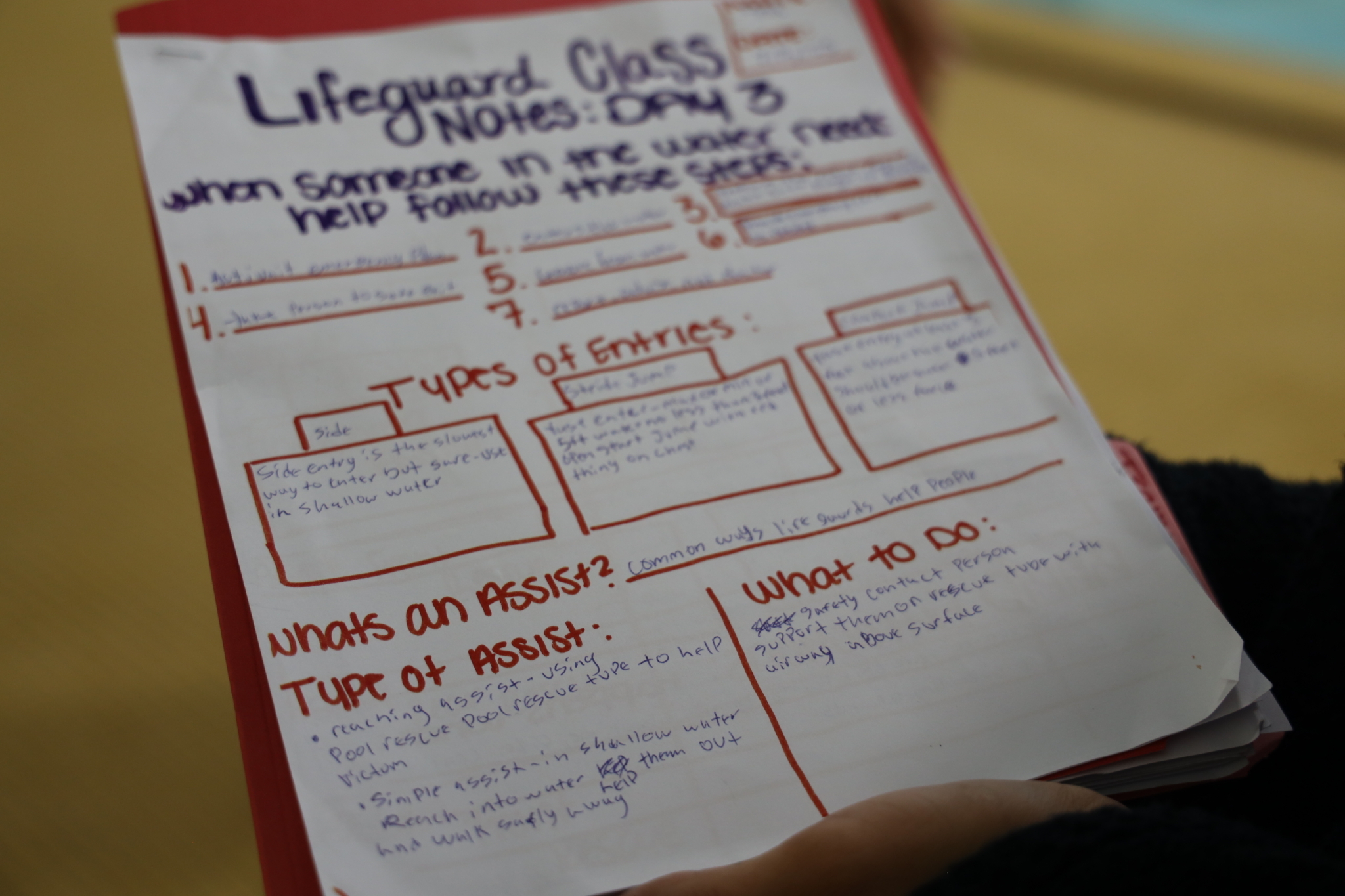
"She's so supportive," said Amelia’s instructor, while showing off her student’s pristine classroom notes. "She's here early and always asks: 'What do you need help with?’”
Amelia’s teacher, who learned to swim at the Club herself, understands the transformative power of facing fear in the water, and feels honored to lead the lifeguard training program. By day five of the course, participants were through 265 pages of the 367-page manual. Remarkable progress - especially for Amelia, who struggled to use a kickboard when she started.
"This pool is the only pool that many of these kids have," Amelia’s instructor reflects. “It makes me more eager to teach because it's so much more than just learning to swim. When you're a lifeguard, you're learning to save and help people in all kinds of situations. That's what we should all do—help each other. And Amelia knows that."
*To protect the privacy of the young person described in this story, their name has been changed.

